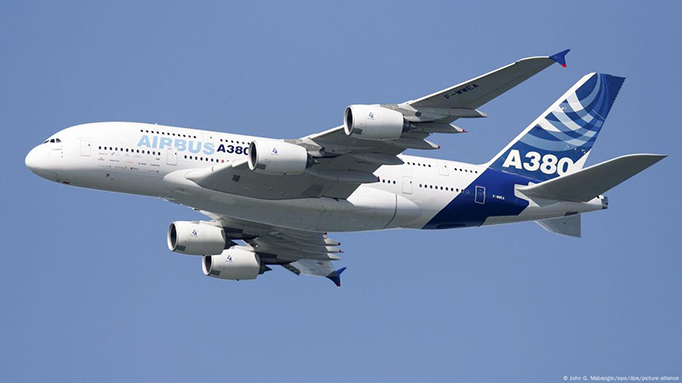Air travel remains statistically safe, but perception matters
Flying is still considered the safest way to travel long distances. Statistically, even driving to the airport poses more risk than the flight itself. But when an aircraft crashes—as seen this week with Air India Flight 171—it’s hard to focus only on data. The tragic loss of 269 lives, including nearly all passengers and crew aboard a Boeing 787-8, marked the first fatal accident involving that model.
Beyond the human cost, such accidents have long-term economic effects. Alongside fuel efficiency and sustainability, passenger safety remains a top selling point for commercial jets.
Airbus surges as Boeing struggles
For decades, one company dominated civil aviation: Boeing. The American manufacturer led the global passenger aircraft market for much of the 20th century. But recent years have seen a reversal. Airbus, headquartered in the Netherlands, now leads in aircraft deliveries and profitability, gradually expanding its market share.
In 2024, Boeing reported an operating loss of nearly €11 billion, with revenue totaling $66.5 billion (approx. €57.8 billion) and a workforce of 170,000. Meanwhile, Airbus posted an operating profit of €5 billion, with annual revenue of €69.2 billion and about 160,000 employees. These financial results underscore a growing disparity.
Aircraft deliveries tell the story
Passenger aircraft deliveries reflect a shifting dynamic. Airbus continues to outpace its U.S. rival. However, civil aviation is only part of the picture. Both firms also have major roles in the defense and aerospace sectors, making direct comparisons more complex.
Still, Boeing’s record in civil aviation has been marked by repeated issues in recent years—both mechanical and managerial. These setbacks, including the Air India tragedy, have raised concerns around quality control and oversight.
Comparing two very different wide-body jets
Airbus faced criticism for its A380 superjumbo—an enormous aircraft designed for high-volume, long-haul travel. Though airports had to adapt to its scale, many carriers found it impractical. High operational costs and overcapacity made the A380 less attractive, and Airbus ceased production in 2021.
Boeing’s answer was the 787, branded as the Dreamliner. But the rollout was far from smooth. The project faced issues with advanced composite materials and supplier coordination. Test flights were delayed. Deliveries missed deadlines. Worst of all, battery malfunctions caused fires on two early units, grounding the fleet in 2013.
A growing global marketplace
Other competitors exist, but their reach is limited. Brazil’s Embraer focuses on regional jets. Canada’s Bombardier now specializes in business aircraft. But China has entered the arena with ambitions for a domestic alternative.
Founded in 2008, the Commercial Aircraft Corporation of China (Comac) introduced the C919 airliner in 2015—a narrow-body twinjet developed entirely within the country. In partnership with Russia’s UAC, Comac also plans to release the C929, a long-range aircraft, by 2028. Until then, the global market for large-capacity jets remains dominated by U.S. and European manufacturers.
Setbacks, competition, and the road ahead
The Dreamliner’s development challenges have become symbolic of Boeing’s broader difficulties. Meanwhile, Airbus has quietly streamlined its operations and stabilized its product lineup. Yet both companies remain essential to civil and military aviation alike.
As global demand for air travel returns, the question is no longer just about who builds the most planes, but who does so reliably, efficiently, and safely. The race for supremacy in the skies continues—but for now, Airbus holds the lead.



